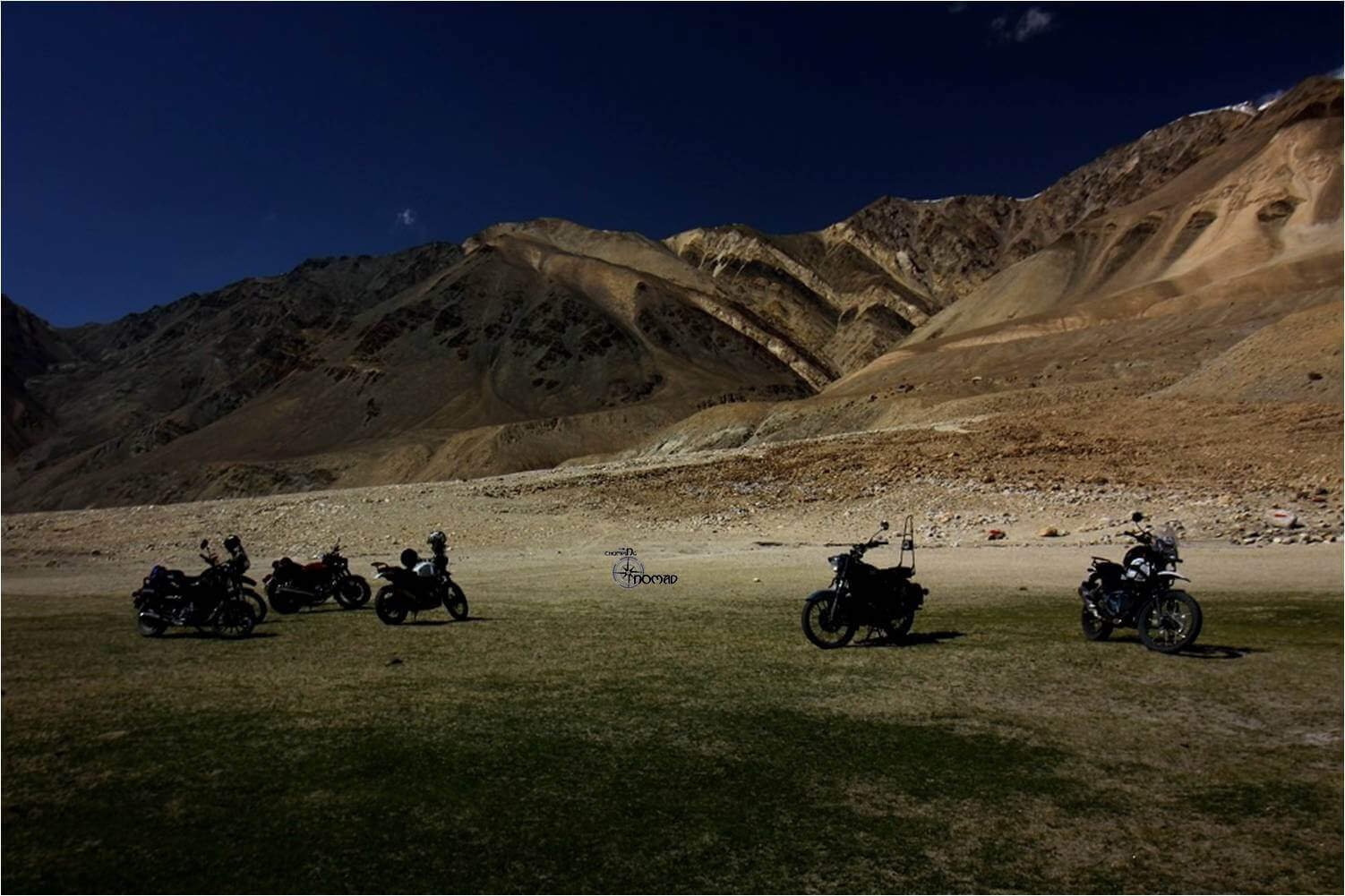
Acute Mountain Sickness (AMS)- How to deal with AMS in Ladakh
Acute Mountain Sickness (AMS) in Ladakh
Travelling to Leh Ladakh is on everyone’s bucket list these days. But a trip to Leh Ladakh is not a cakewalk and it requires a lot of preparation because Leh and most of the places in Ladakh are located above the altitude of 10,000 feet.
So, one of the most important things about which everyone must prepare and have knowledge is Acute Mountain Sickness (AMS) or Altitude Sickness in Leh Ladakh.
What is Acute Mountain Sickness (AMS)
Bikers, trekkers, and adventurers who travel to high altitudes can sometimes develop acute mountain sickness. Other names for this condition are altitude sickness or high altitude pulmonary edema. It typically occurs when one travel to heights of about 8,000 feet, or 2,400 meters, above sea level. Dizziness, nausea, headaches, and shortness of breath are a few symptoms of this condition. Most instances of altitude sickness are mild and heal quickly. In rare cases, altitude sickness can become severe and cause complications with the lungs or brain.
Causes of AMS in Ladakh
Higher altitudes have lower levels of oxygen and decreased air pressure. When you reach higher altitudes quickly by flying in a plane or driving quickly your body may not have enough time to adjust to the changing environment. This can result in acute mountain sickness. And the level of exertion that you put your body through also plays a role. Also, activities which involve a lot of physical exertion like mountaineering, trekking, and hiking may lead to AMS at heights. And as most of the places in Ladakh are above 10,000 ft, people who are travelling there are bound to suffer from AMS if they don’t acclimatize.
Symptoms of AMS in Ladakh
Symptoms of AMS vary depending on the severity of your condition. Symptoms start to appear within hours of reaching higher altitudes.
Mild AMS:
Symptoms of mild AMS may include dizziness, headache, insomnia, nausea, vomiting, muscle ache, loss of appetite, irritability, swelling of hands and feet, shortness of breath with physical exertion.
Severe AMS:
Symptoms of severe AMS are very intense and affects lungs, muscles and nervous system. Symptoms include persistent coughing, chest congestion, loss of balance, pale complexion.
Who is at Risk of AMS
Although AMS can hit anybody, but there are certain people who are more prone to getting hit by AMS and there are certain situations which increase chances of being hit by AMS.
- People living on lower altitudes especially near to the sea.
- People who are unaccustomed to high altitudes.
- Travelling quickly to high altitudes.
- People who are suffering from heart or lung problem.
- Excessive smokers.
- Physical exertion while at high altitude.
- Not keeping yourself hydrated.
Precautions for avoiding AMS
Although AMS can hit anybody, but as they say prevention is better than cure, so anybody travelling to Ladakh must take certain preventive measures which can decrease the chances of being hit by AMS.
- First and foremost thing is to get yourself acclimatized when you reach Leh. If you are directly flying to Leh then keep your first day only for rest purpose. And if you are travelling by road then plan your journey in a way so that you do not reach Leh in a single day or 2.
- Keep yourself hydrated by drinking lots of fluids.
- Avoid smoking.
- Reduce Alcohol intake.
- Do not overexert yourself.
- Ascend to higher altitudes slowly.
- Do not spend much time at higher passes.
- Take proper rest.
- If you feel any symptom of AMS descend as early as possible.
- Take Diamox tablet around 24 hours before starting a journey to Leh. Diamox helps the body to breathe faster thus quickening the process of acclimatization. (But do consult your doctor before taking any kind of medicine).
- Carry portable oxygen cylinders available at chemist shops.



